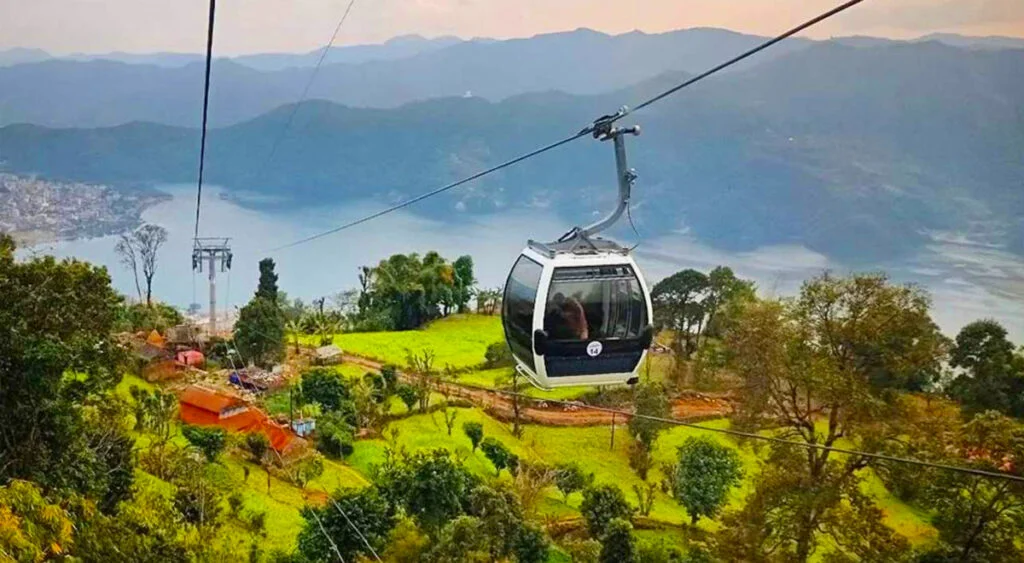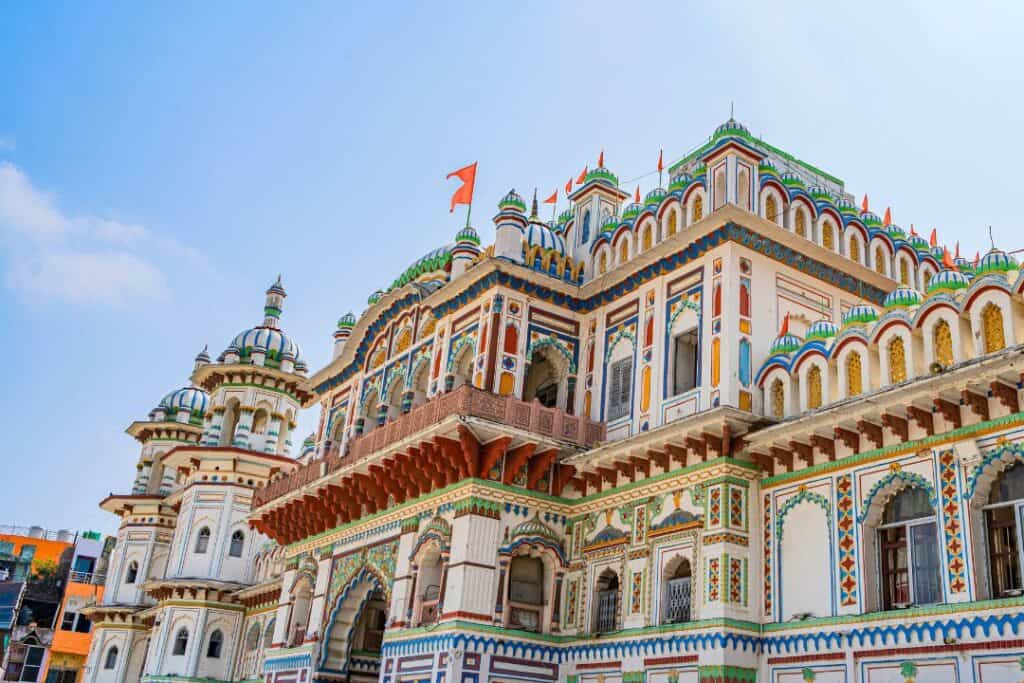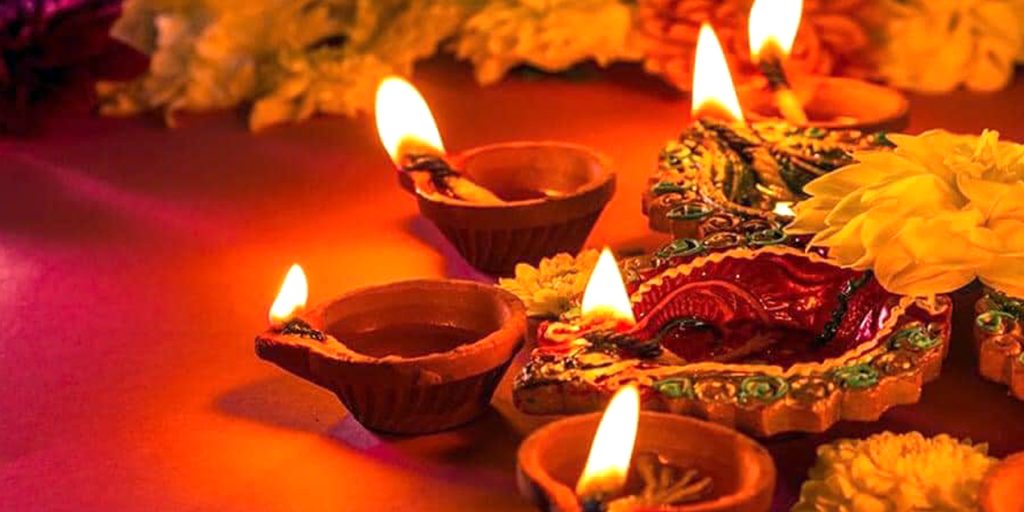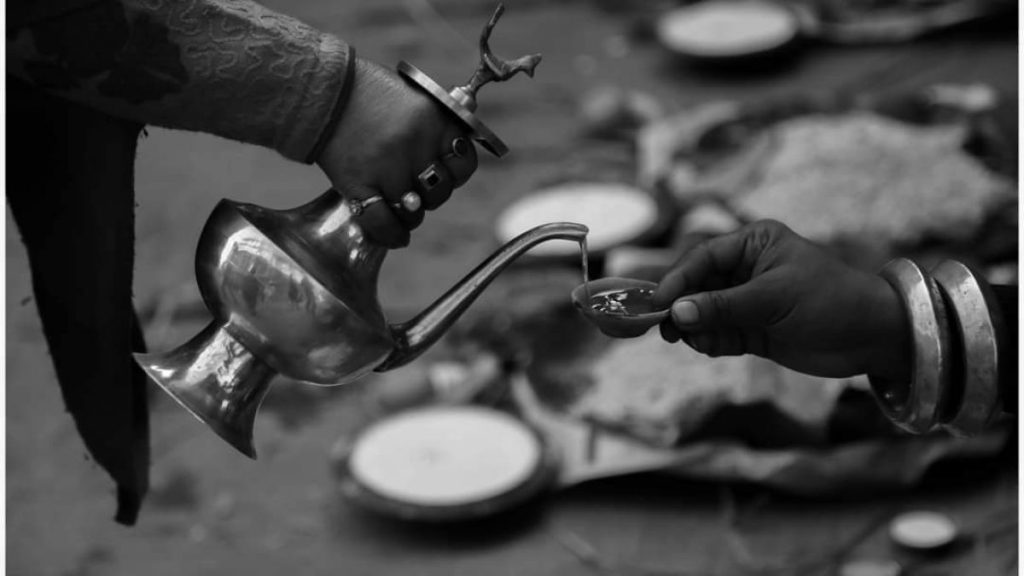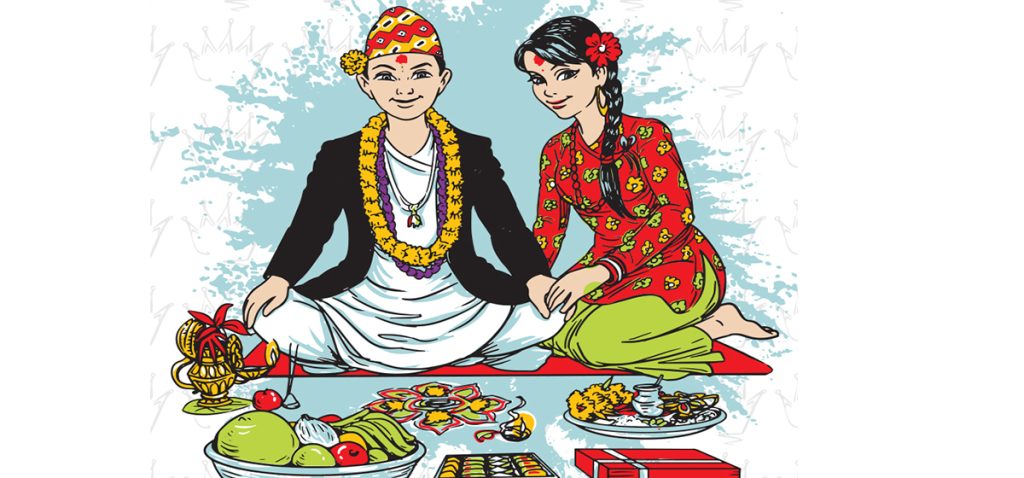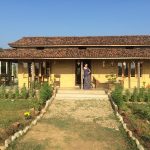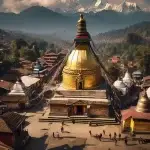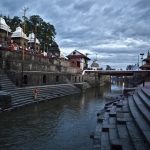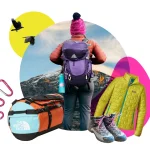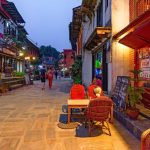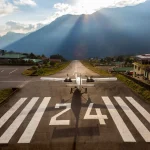Now Reading: Khaptad National Park: The Hidden Majesty of Far Western Nepal
-
01
Khaptad National Park: The Hidden Majesty of Far Western Nepal
Khaptad National Park: The Hidden Majesty of Far Western Nepal
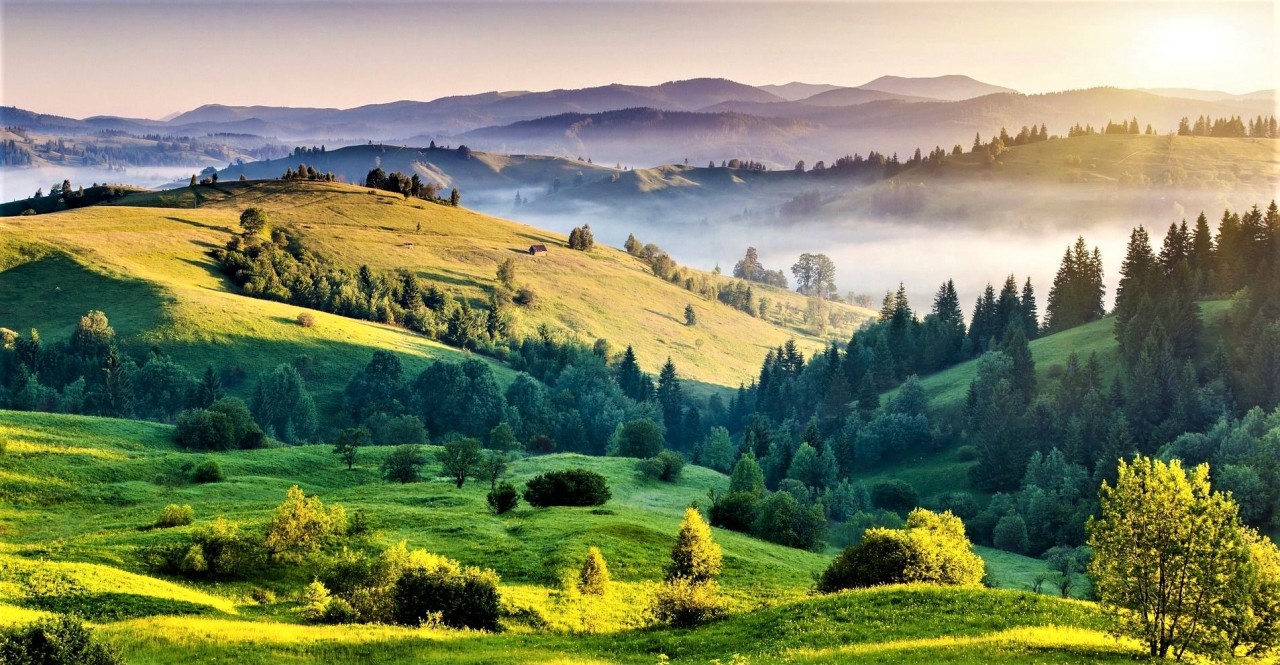
Far Western Nepal remains one of the most unexplored regions of the country, a land where ancient trails wind through misty hills, herders sing age-old songs, and nature reigns in its purest form. Among its many hidden treasures, Khaptad National Park stands out as a truly majestic destination. It is a place where the clouds touch the grass, the forests breathe with calm, and time seems to pause just long enough for you to rediscover yourself.
Nestled among the districts of Bajhang, Bajura, Achham, and Doti, Khaptad feels like a living painting. Every turn on the trail reveals a new shade of green, a new silence, and a new story waiting to be heard.
A Landscape Painted by the Gods
Covering about 225 square kilometres, Khaptad National Park stretches from 1,400 to 3,300 metres above sea level. As you travel upward, the scenery changes from lush subtropical forests to open alpine meadows that roll endlessly across the horizon.
The first sight that takes your breath away is the Khaptad Plateau, a vast green carpet that spreads in all directions. During spring and early summer, the entire plateau bursts into colour as rhododendrons, primroses, and orchids bloom across the hills. The air feels fresh and clean, filled with the scent of pine and wildflowers, while the distant sound of cowbells gently echoes through the valleys.
When the sky clears, you can see the snow-covered Api and Saipal Himalayan ranges glistening in the distance, adding a touch of magic to an already dreamlike view. Standing there, it feels as if you are part of a secret world few people have had the chance to witness.
The Sacred Heart of Khaptad
Khaptad is not only a place of natural beauty; it is also deeply spiritual. At its centre lies the Khaptad Baba Ashram, a peaceful retreat that was once home to the famous saint Khaptad Baba. He meditated here for nearly fifty years, and his presence still lingers in the calmness of the forest and the soft wind that sweeps across the meadows.
Pilgrims visit the ashram throughout the year, especially during the festival of Ganga Dashahara in June, when thousands gather to offer prayers and seek blessings. Nearby, the sacred Triveni confluence, where three rivers meet, is considered a site of great purity. Even for those who are not religious, sitting by its banks feels deeply healing and reflective.
It is said that Khaptad Baba chose this plateau because it represented the perfect balance of body, mind, and spirit. Once you spend time here, you understand what he meant. The silence of the mountains seems to reach inside you and remind you of what truly matters.
A Haven for Wildlife and Nature Lovers
Khaptad National Park is a paradise for anyone who loves nature. Its rich ecosystem ranges from dense forests to alpine grasslands and is home to a wide variety of plants and animals. More than 270 species of birds have been recorded here, including the colourful Impeyan pheasant (danphe), Nepal’s national bird. If you are lucky, you might also spot leopards, Himalayan black bears, musk deer, goral, or playful langurs moving among the trees.
Everywhere you look, life thrives in quiet harmony. Crystal-clear streams trickle over smooth rocks, butterflies flutter in the sunlight, and the breeze carries the soft fragrance of wild herbs. For photographers and trekkers alike, Khaptad offers endless inspiration.
The Journey to Khaptad: The Road Less Travelled
Getting to Khaptad is not the easiest journey, and perhaps that is what makes it so special. Most travellers begin in Dhangadhi or Nepalgunj, two major cities in western Nepal that are connected to Kathmandu by daily flights. From Dhangadhi, the road climbs for nearly ten hours to reach Silgadhi in Doti, the main gateway to the park. From there, a trek of about six to seven hours leads you into the heart of Khaptad.
The trail passes through forests of pine and rhododendron, small settlements, and hilltop viewpoints that overlook the endless waves of green mountains. You can also approach Khaptad from Bajhang or Bajura if you want a longer and more adventurous route. Along the way, local villagers often greet visitors with warm smiles and a cup of butter tea, reminding you how welcoming the people of Far Western Nepal are.
The best time to visit Khaptad is during spring (March to May) and autumn (September to November) when the weather is clear and the meadows are at their most beautiful. During winter, the park is often blanketed with snow, turning it into a white wonderland for those who love solitude and adventure.
Staying in Simplicity
Accommodation in Khaptad is simple and humble, which is part of its charm. You won’t find fancy hotels or resorts here, but you will find something much more meaningful. Local community lodges, homestays, and small guesthouses offer basic comfort and genuine hospitality. In the nearby villages, staying with local families allows you to experience traditional life — eating Dal Bhat cooked over a fire, listening to stories, and sharing laughter under a sky full of stars.
If you prefer camping, there are designated sites within the park where you can pitch your tent and fall asleep to the sound of rustling trees and distant animal calls. It is an experience that brings you close to nature in the purest way.
People and Culture of the Far West
The magic of Khaptad lies not only in its landscapes but also in its people. The locals belong mostly to the Doteli, Thakuri, and Chhetri communities, and they have preserved their language, songs, and customs for centuries. Festivals are celebrated with energy and joy, and visitors are often invited to join in the Deuda dance, a traditional form of singing and dancing that brings the community together.
Life here is simple yet rich in meaning. People live in harmony with the land, respecting the forests, rivers, and hills that sustain them. Every greeting, every shared meal, and every smile reflects a warmth that makes travellers feel instantly at home.
Why You Should Visit Khaptad
Khaptad is not a place for those seeking luxury or nightlife. It is a destination for those who crave stillness, connection, and authenticity. It invites you to slow down, breathe deeply, and listen to the rhythm of nature.
Here, you can meditate beside a sacred pond, hike to viewpoints that reveal both the Himalayas and the plains of the Terai, or simply sit in silence as clouds drift across the meadows. It is a perfect place for trekkers, writers, photographers, or anyone looking to reconnect with themselves.
Khaptad teaches that travel is not always about seeing more, but about feeling more. It shows you the beauty of simplicity and the power of peace.
Travel Tips
- Getting There: Fly from Kathmandu to Dhangadhi (around one hour), drive to Silgadhi (about ten hours), then trek for six to seven hours to reach the park.
- Permits: Entry permits can be obtained at the park entrance or from local authorities in Doti.
- Best Time to Visit: March to May and September to November.
- What to Bring: Warm clothing, camping gear, food supplies, a torch, and a first-aid kit.
- Connectivity: Mobile networks are weak or unavailable, making this a great chance to disconnect.
- Leave No Trace: Respect nature and local customs. Carry out what you bring in.
Final Thoughts
Khaptad National Park is more than just a destination. It is a reminder that peace and beauty still exist in their purest form. The rolling meadows, the spiritual stillness, and the warmth of the people make it one of the most memorable places in Nepal.
If you are looking for an experience that refreshes both body and soul, let Khaptad be your next adventure. Stand on its quiet plateau, breathe in the cool mountain air, and you will understand why this hidden corner of Far Western Nepal truly feels like a piece of heaven on Earth.
#Nepal #VisitNepal #TravelNepal #ExploreNepal #DiscoverNepal #NepalTourism #NepalAdventure #NepalTrekking #Himalayas #Mountains #Trekking #Nature #Wildlife #Adventure #TravelPhotography #NaturePhotography #Wanderlust #WanderlustNepal #EverestBaseCamp #AnnapurnaCircuit #UpperMustang #NepalCulture #NepalHiddenGems #HiddenNepal #RemoteNepal #OffbeatNepal #OffTheBeatenPath #BackpackNepal #BackpackingNepal #NepalBackpacking #BudgetTravelNepal #NepalOnABudget #CheapTravelNepal #SustainableTravelNepal #LocalNepal #VillageLifeNepal #TravelLocal #NepalNature #NepalTravelGuide #NepalHoliday #NepalTrip #NepalTravelTips #BackpackerLife #Nepali #NepalisBeautiful #NepalNow


